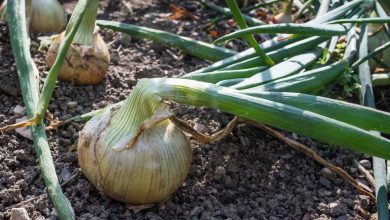Rosario Plant: [Care, Planting, Irrigation and Substrate]
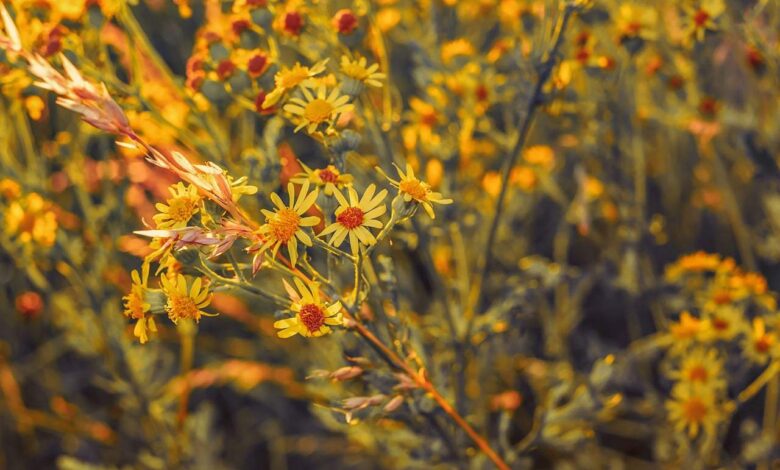
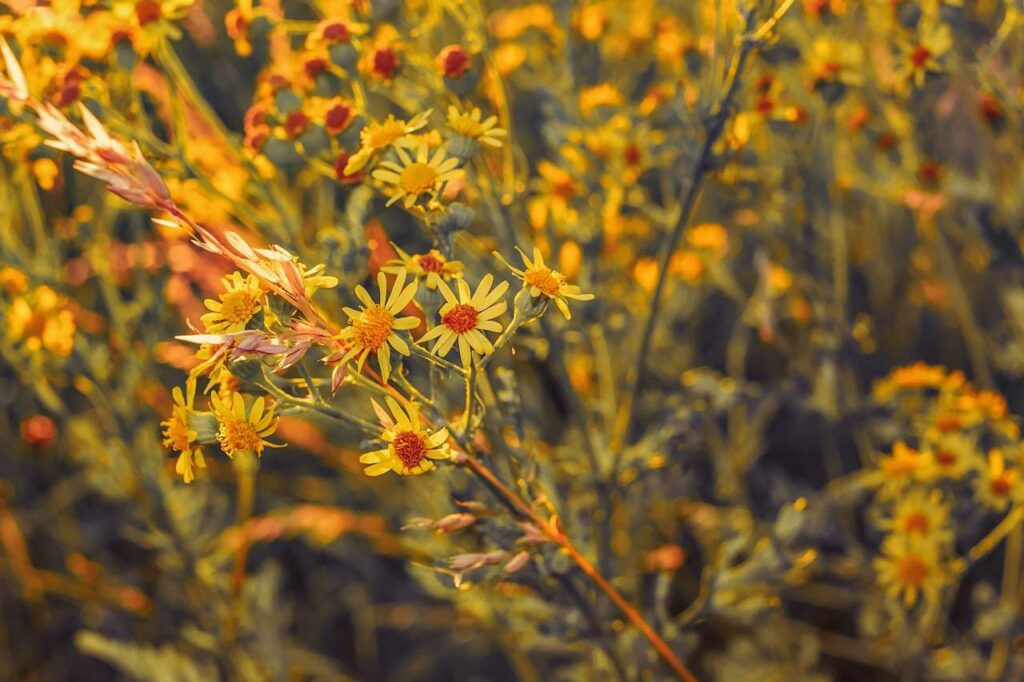
This African creeper called Senecio rowleyanus , better known as the Rosario Plant , is able to remain indefinitely as a hanging plant indoors , despite coming from a wild and semi-desert natural habitat .
Belonging to the genus of succulents , it emits a delicious cinnamon smell when its white flowers sprout , between spring and autumn.
It has a foliage made up of leaves that look like pearls. That is why they also call it Pearl Necklace. Each one is a water reservoir that helps this plant resist anything.
Another curious fact is that it emits a poison that we should never consume , by contact with its foliage, because it causes vomiting, diarrhea and skin irritations.
Children and pets should be kept away from this plant , whose defense mechanism in the wild brings discomfort in controlled spaces.
Fortunately, it must be hung high so that its thin, elongated stems, riddled with fleshy leaves, can fully develop.
Temperature: Where do we plant the Rosario Plant?
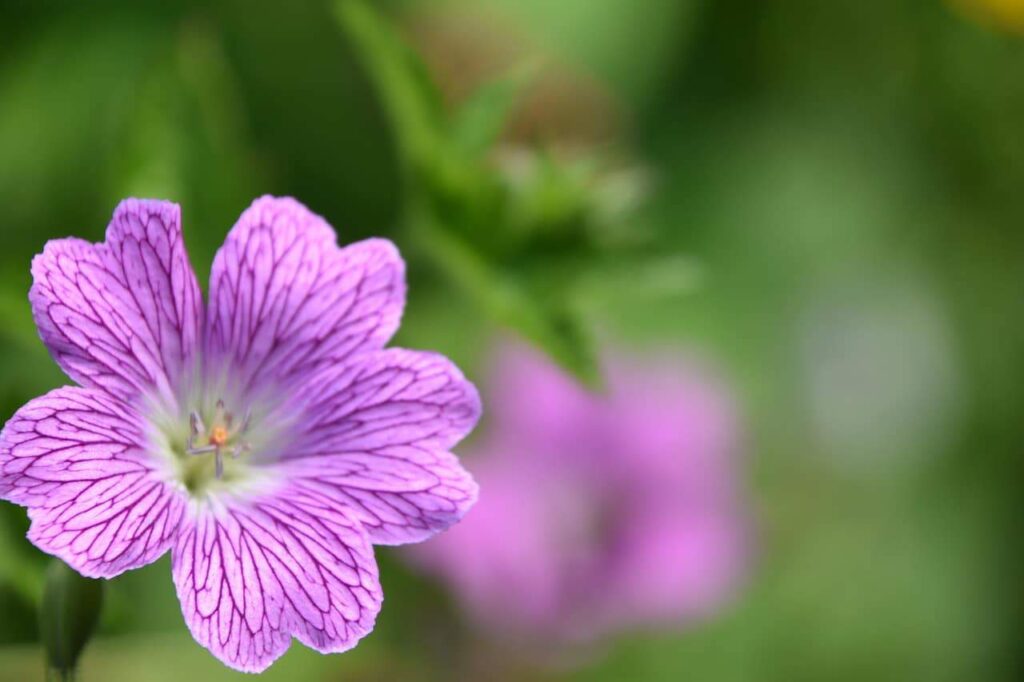 Climates that stay between 16 to 21 ° C will be perfect.
Climates that stay between 16 to 21 ° C will be perfect.
And the minimum bearable temperature should not drop below 3 ° C, because although it is very resistant , it can affect its hanging development.
If the summer is rough, she will perfectly acclimatize, given her temperate environmental background.
Luz: What needs do you have?
The ideal for a rosary plant or pearl necklace is to be kept in bright spaces , with some direct sun, near a window. Hang it strategically and you will see that it will give you very beautiful rewards.
An indoor balcony will be her favorite place, since it can be nourished by good lighting, without the direct sun bathing it permanently.
In summer, it is unwise to expose it to the sun’s rays between 11 a.m. and 4 p.m.
Substrate and Compost: How do we prepare the soil?
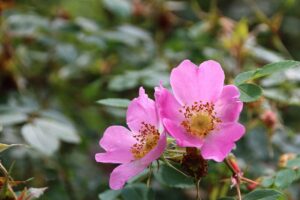 And if you add a worm or worm hummus , the nutrition will be perfect for her. This operation can be applied twice a year. But there are expert gardeners who also recommend the use of a liquid fertilizer for cacti, which should be applied between spring and summer.
And if you add a worm or worm hummus , the nutrition will be perfect for her. This operation can be applied twice a year. But there are expert gardeners who also recommend the use of a liquid fertilizer for cacti, which should be applied between spring and summer.
Another technique is to use a subscriber f liquid ertilizante containing phosphorus , potassium and very little nitrogen . This softens them a lot, so watch out for this disastrous detail for Rosario.
Irrigation: How often and how?
So the waterings should be very moderate, timid. Always check before the substrate is has dried completely. Once or twice a week will be the stipulated frequency in times of growth. And it ensures that the water drains down the drains of the pot.
Your greatest enemy is excess water. Wet leaves are not good either . But if it happens you must reduce the watering that week.
Take advantage of doing it when it is time to transplant (every 2 or 3 years) because waterlogging will be eliminated. And take good care of the leaves, because they are delicate.
In winter , the Rosary goes to rest and its substrate must remain dry. These minimal cares will give a healthy life to this unique plant with atypical leaves.


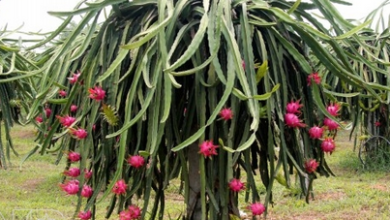
![Photo of Deciduous Forest: [Concept, Characteristics, Fauna and Flora]](https://www.complete-gardening.com/wp-content/uploads/2022/08/deciduous-forest-concept-characteristics-fauna-and-flora-390x220.jpg)
